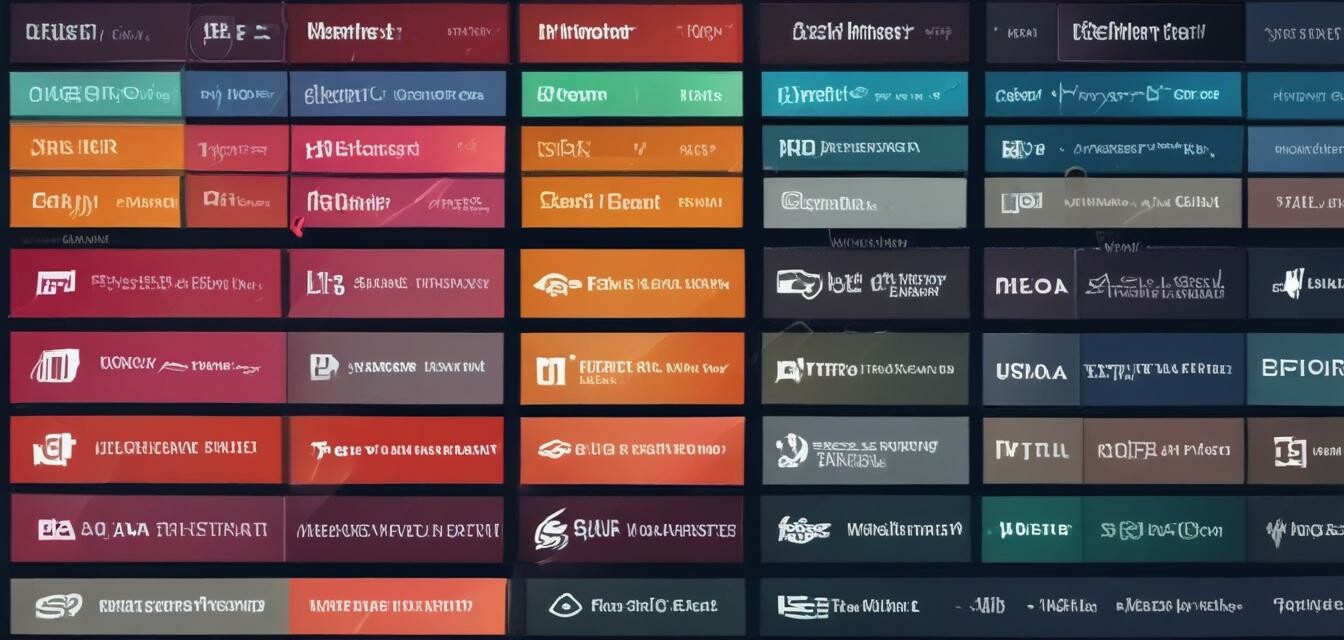
Comparing Different Types of Internet Connections
Key Takeaways
- DSL is widely available and relatively affordable, but offers slower speeds compared to fiber.
- Fiber provides the fastest speeds and reliability, but availability can be limited.
- Cable internet is a popular choice for its balance of speed and availability.
- Satellite is beneficial for rural areas but tends to have higher latency and data limits.
- Choosing the right type of internet depends on your needs regarding speed, availability, and budget.
When it comes to selecting an internet connection, understanding the differences between various types of services is essential. Each type has its unique characteristics, advantages, and disadvantages. This guide will walk you through the major types of internet connections, specifically DSL, fiber, cable, and satellite. We aim to provide clarity to help you make an informed decision based on your specific requirements.
What are the main types of internet connections?
The four primary types of internet connections available are:
- DSL - Digital Subscriber Line
- Fiber - Fiber Optic Internet
- Cable - Cable Internet
- Satellite - Satellite Internet
Comparing internet connection types
| Type | Speed | Availability | Cost | Best for |
|---|---|---|---|---|
| DSL | Up to 100 Mbps | Widely available | $$ | Casual users, online browsing |
| Fiber | Up to 1 Gbps or more | Limited availability | $$$ | Heavy users, streaming, gaming |
| Cable | Up to 1 Gbps | Widely available | $$ | Families, multiple users |
| Satellite | Up to 100 Mbps | Available in rural areas | $$$ | Rural users without options |
Detailed overview of internet connection types
1. DSL (Digital Subscriber Line)
DSL internet uses existing telephone lines to deliver internet service. It can provide reliable speeds suitable for everyday browsing and streaming.
Pros
- Widely available in urban and suburban areas.
- Affordable pricing options.
- Generally stable connection quality.
Cons
- Speeds can vary based on distance from the provider's equipment.
- Slower than fiber and cable options.
2. Fiber (Fiber Optic Internet)
Fiber internet utilizes light signals to deliver data, providing incredibly fast speeds and reliable connections. This makes it perfect for heavy internet users.
Pros
- Extremely high speeds up to 1 Gbps or more.
- Low latency, ideal for gaming and streaming.
- Reliable and stable performance.
Cons
- Less availability in rural areas.
- Typically higher cost compared to other types.
3. Cable Internet
Cable internet works through coaxial cable lines. It has become a popular choice due to its balance of speed and availability for households with multiple users.
Pros
- High speeds that can handle multiple devices.
- Widely available in urban and suburban settings.
- Stable performance for streaming and gaming.
Cons
- Speeds can decrease during peak usage hours.
- Typically more expensive than DSL options.
4. Satellite Internet
Satellite internet is useful for remote areas where traditional types of service may not be available. However, it comes with unique limitations.
Pros
- Available in rural areas without access to other types.
- Easy to install with no cable required.
Cons
- Higher latency, which can affect gaming and video calls.
- Data caps can limit heavy usage.
How to choose the best internet connection for your needs
Here are some important factors to consider when choosing an internet connection:
- Your internet usage: Think about how many people will be using the internet and what activities they will be doing, such as streaming, gaming, or simply browsing.
- Availability: Check which types of internet connections are available in your area. Some places might only offer certain options.
- Speed requirements: If you need high-speed connections for multiple devices, fiber or cable would be your best options.
- Budget: Consider your monthly budget and choose a plan that fits your financial situation. Don’t forget to check for any promotional offers!
For more insights on internet services, feel free to check out our guides on ISP reviews and comparisons and data plans and pricing.
Conclusion
In summary, selecting the right type of internet connection can significantly affect your online experience. Evaluate your individual needs, consider the pros and cons of each connection type, and make an informed decision that best meets your requirements. For further assistance, explore our buying guides to simplify your search for the best broadband options.
